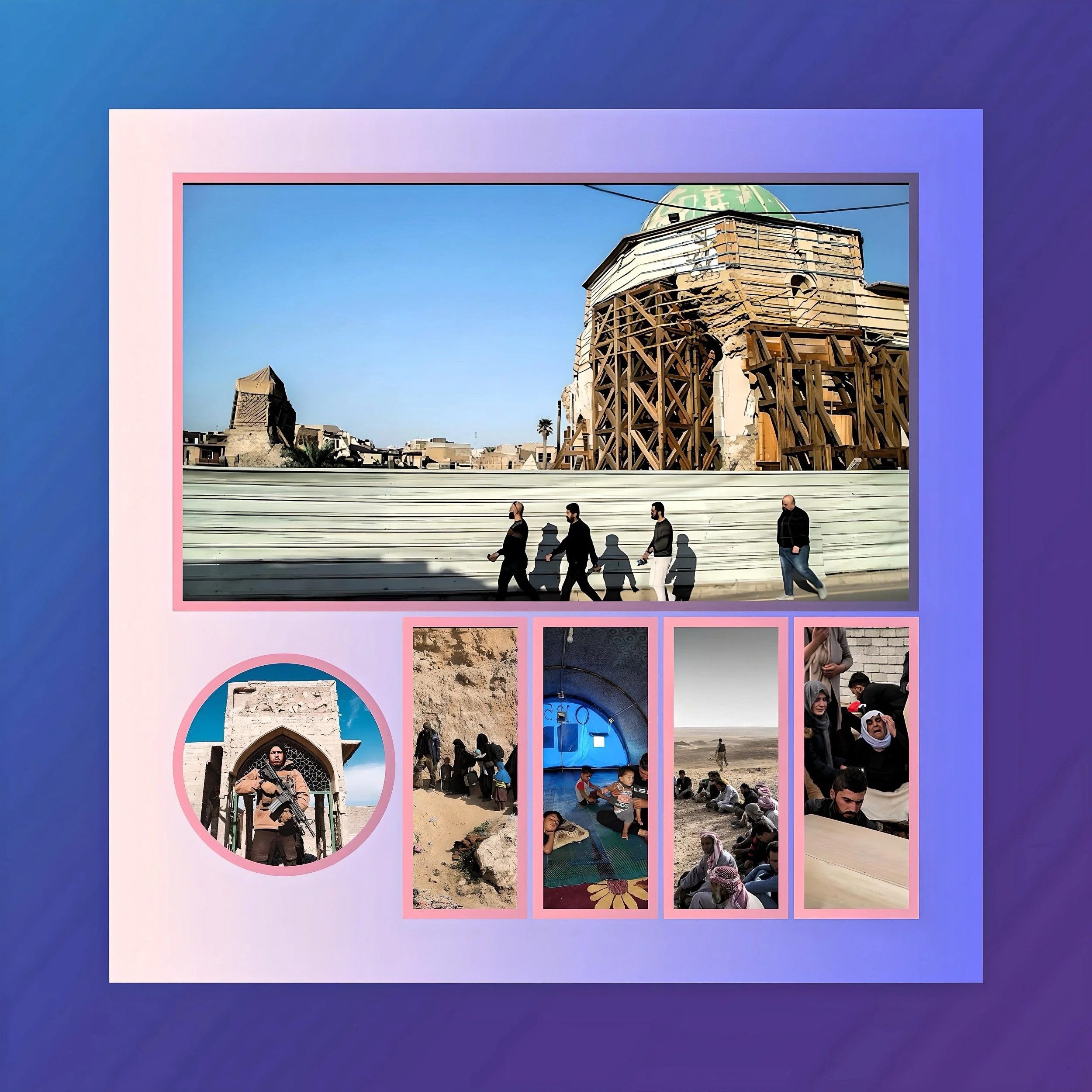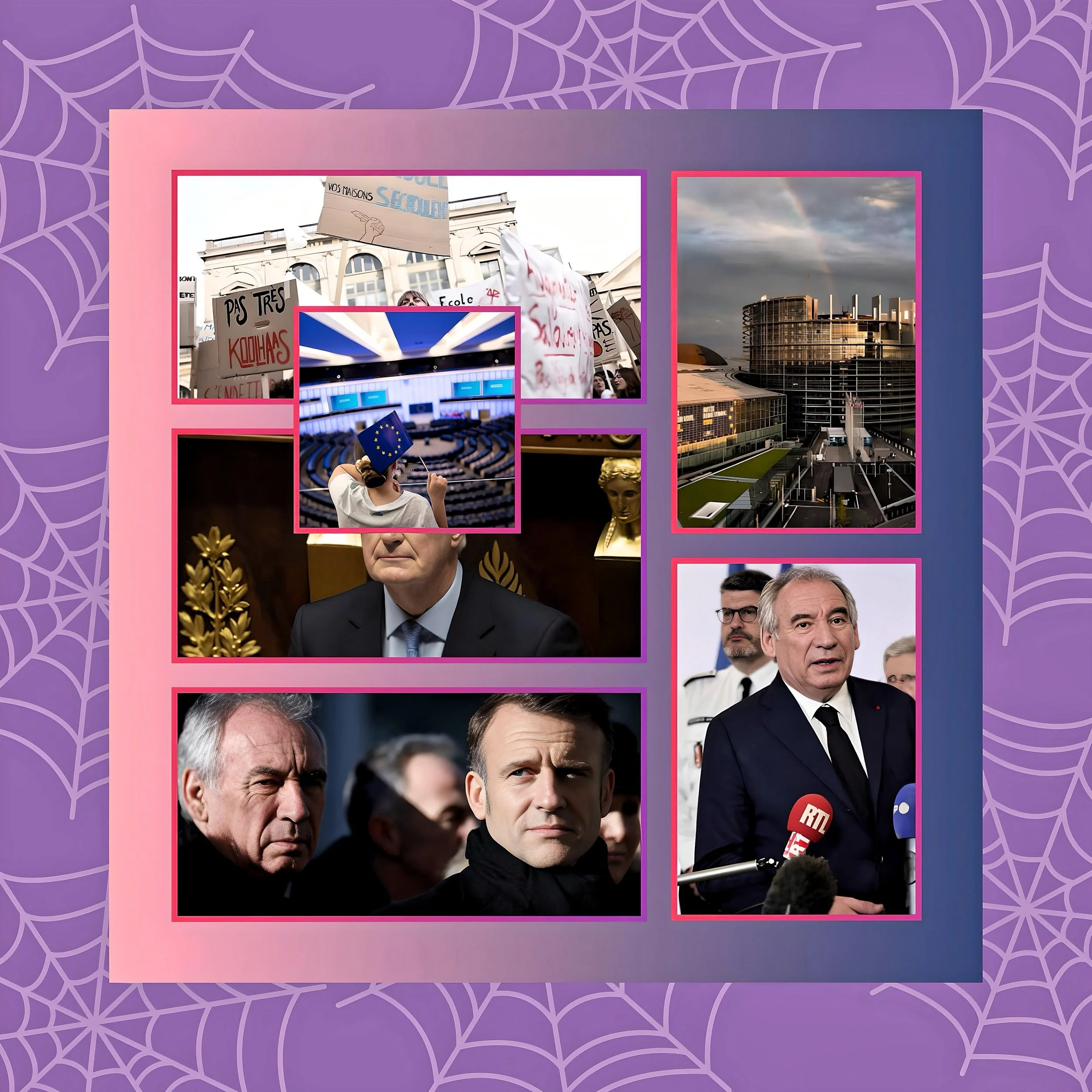Mosul, Iraq welcoming visitors after rebuilding from ISIS genocide
Introduction
Mosul, once a focal point of ISIS’s devastating campaign to erase cultural and religious diversity, has embarked on a remarkable journey of recovery over the past decade. ISIS killed 50,000 people and displaced 500,000 civilians who fled.
Today, the city is gradually reopening to visitors, showcasing restored landmarks, grassroots resilience, and international collaboration aimed at healing wounds and reviving its identity as a multicultural hub.
UNESCO-Led Reconstruction of Iconic Sites
Central to Mosul’s revival is UNESCO’s “Revive the Spirit of Mosul” initiative, backed by the UAE, EU, and Iraq’s government. Key achievements include:
Al-Nouri Mosque and Al-Hadba Minaret
The iconic 12th-century mosque and its leaning minaret—destroyed by ISIS in 2017—have been meticulously rebuilt using original materials and traditional techniques. The minaret’s famous tilt was preserved, symbolizing continuity with the past.
Al-Saa’a Convent and Al-Tahera Church
Both religious sites, vital to Mosul’s Christian community, now ring bells again after restoration. The church’s roof, collapsed during ISIS occupation, was reconstructed with support from the UAE.
Riverfront Project
Launched in 2024, this initiative aims to restore Mosul’s historic riverbank areas (including Qlayaat and Maidan) to their pre-ISIS state, with plans to nominate the region for UNESCO’s World Heritage List. Over 270 homes, markets, and a promenade are being rebuilt in traditional styles.
Grassroots Resilience and Community-Led Efforts
Local communities have played a pivotal role in reclaiming their heritage:
Bashiqa and Bahrain
Yazidi and Christian residents collaborated to rebuild shrines and churches destroyed by ISIS, funding projects through donations rather than government aid. Festivals celebrating these restorations have drawn returning families and curious visitors.
Al-Gharbaat District
Businessmen revived the “Tourist Village”—a recreational area with gardens and boat rides—investing $391,000 despite lacking government compensation. The site has become a domestic tourism hotspot since 2018.
Cultural Revival
Traditional crafts like stonemasonry and carpentry have been revitalized, with UNESCO training 1,300 youths and creating 6,000 jobs. Women constitute 30% of engineers involved in reconstruction.
Challenges and Cautious Optimism
While progress is evident, hurdles remain
Displacement and Demographics
Only a fraction of Mosul’s pre-2003 Christian population (1.5 million) has returned, with many fearing renewed instability. Assyrian diaspora groups fund much of the rebuilding.
Infrastructure Gaps
Hospitals and residential areas lag behind cultural sites. Ibn Sina Hospital and Mosul International Airport remain under construction.
Economic Inequity
Critics note disparities between restored tourist zones and impoverished neighborhoods, where bullet-riddled buildings still stand.
Conclusion
Mosul’s rebirth is a testament to both international solidarity and local tenacity. As historic markets reopen and festivals resume, the city is cautiously rebranding itself as a destination for heritage tourism. For residents like Mustafa, whose 19th-century home was restored by UNESCO, the revival is deeply personal: “It’s like witnessing a dead person return to life”. While scars from ISIS’s genocide linger, Mosul’s story of defiance—embodied in its soaring minarets and resurrected churches—offers a beacon of hope for post-conflict recovery worldwide.
FAF additional review
The Islamic State of Iraq and Syria (ISIS) executed 95% of the population of Mosul, carrying out acts of ethnic cleansing that specifically targeted all minority groups.
It has taken nearly a decade for Mosul to begin the process of rebuilding, with significant support from the United Nations and various humanitarian organizations. Heart felt thanks to UAE for rebuilding these important sites.
Efforts have particularly focused on revitalizing the Christian church, which, based on historical records and biblical accounts, is projected to be 1,992 years old in 2025. The origins of the Christian Church can be traced back to Pentecost, an event traditionally dated to 33 CE.
Mosul is a diverse city, home to a variety of minority groups, all of whom deserve recognition and support as fellow human beings.







